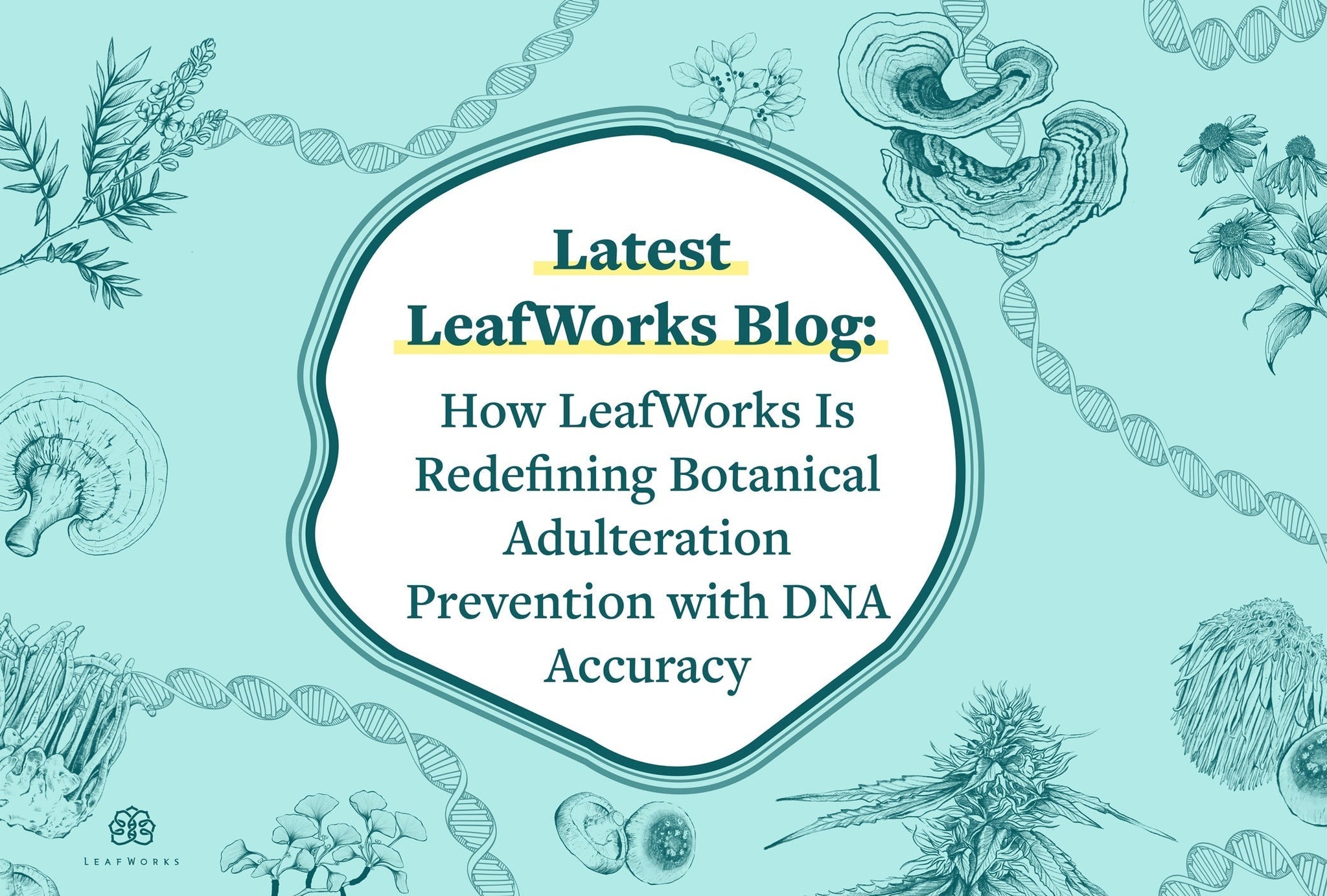
What is Hop Latent Viroid (HLVd) and What Does It Do?
Hop Latent Viroid (HLVd) is a recently identified plant-specific pathogenic RNA viroid affecting cannabis and hemp. It is not known how the viroid works exactly, but infection can be widespread, difficult to detect and devastating to a grow. Symptoms include significant reduction in cannabinoid production with estimates ranging from 20-30% and lower yield. HLVd is common and believed to surmount over $4B in damages annually in the cannabis industry alone (Dark Heart Nursery, 2021 Report).
With infection potential so high across the industry, this article will explain what HLVd is, its primary symptoms, prevention methods and how to manage an outbreak if one should occur.
1. HLVd in Cannabis
Sometimes referred to as “Dudding” or “Dudding disease,” HLVd is found in hops, cannabis and other plants like barley and wheat. The cannabis industry specifically has seen a significant uptick in HLVd infections, likely attributable to the high frequency of clonal propagation and trade in the market in the past couple of years.
2. Symptoms of HLVd in Cannabis
As the name implies, hop latent viroid lies dormant in the plant until it blossoms. The randomness and sudden onset makes a new outbreak difficult to detect without testing. Clones propagated from a single infected mother plant are especially vulnerable. As with hops, symptoms include stunted plant growth, deformed leaves, brittle stems, fewer trichomes and fewer flowers, resulting in reduced cannabinoid production and overall yield.
3. How is HLVd Spread?
There’s still much to be learned when it comes to disease transmission and progression of HLVd in cannabis, but it is believed that the virus is mainly spread through cloning of mother plants and mechanical means or fomite transmission. The latter involves contact of a susceptible host with a contaminated object. HLV’s latency allows it to quietly spread. It is not known entirely what exactly causes flare-ups but it is generally attributed to stress events.
4. Prevention Methods
The primary method to prevent HLVd is to source clean clones and seeds that are tested and verified by a reputable source likeLeafWorks, establish clean standard operating procedures when handling plants and to establish a testing monitoring program. Good hygiene including sanitizing all of your tools prior to propagation will help avoid cross contamination.
5. How to Manage an Outbreak
If you notice any HLVd symptoms, isolate the plants immediately to prevent the further spread. An outbreak in cannabis is difficult to treat, but it can be managed. While cold treatment has been shown to be possible in hops (Gradzinka et al. 2006), the best method is to test for HLVd at the first onset of symptoms, isolate any infected plants from the rest of the crop, and move the plant immediately into tissue culture.
6. Why Testing is Vital
Due to the often-latent existence of HLVd, the signs are not always obvious and infection can often be overlooked. An infected crop can lead to a significant reduction in cola yield. When bringing new genetics and mother stock into a growing facility, it is good practice to request a Certificate of Analysis (CoA) showing the stock is not infected with HLVd by a third party, or to submit a sample to your partner lab yourself to ensure plant health prior to introducing them to the facility.
Don’t take chances with your cannabis. Get your plants tested to identify the top pathogens to keep healthy, happy plants free from disease. TheLeafWorks Hop Latent Viroid ID Test can confirm a clean clone quickly. Find out sooner than later so you can act accordingly to maximize plant potential.
Citation
Solarska, E. & Czubacka, Anna. (2006). ELIMINATION OF HOP LATENT VIROID FROM HOP PLANTS BY COLD TREATMENT AND MERISTEM TIP CULTURE.http://www.up.poznan.pl/~ptfit1/pdf/PP40a/PP40_21-30.pdf


